Ijum, the “Reclaimed City” – “Over 400 Decomposed Bodies” in a Mass Burial Ground
Photo reportage: Ukraine is still fighting, but there is a foul smell in the air, and bodies with torture marks and mutilated genitals are also found. ......

Izyum in Kharkiv Oblast, which had been a Russian supply base for Donetsk Oblast, was attacked by Ukrainian troops on September 10, and the Russian forces occupying the town retreated. I entered Izyum immediately after its liberation, guided by the Ukrainian military. I drove south from the provincial capital, Halkiu, and approached the city of Ijoum. As I drove south from the provincial capital, Kharkiv, I approached the city of Ijoum, where I noticed a deserted Russian checkpoint on the shoulder of the road, and destroyed and charred Russian tanks and armored vehicles left behind.
According to the Ijum municipal council, 1,000 residents were killed during the five months of Russian military occupation. The burial site for the bodies of the cruelly killed was located in a forest north of Ijum. Passing by trenches and tank shelters dug into the ground and former Russian military positions, we passed countless rows of fill dirt in the trees. Ukrainian soldiers and policemen in white protective gear were digging up buried bodies.
Sweaty and working with shovels, the soldiers dug about 1.5 meters into the earth, revealing a foot with shoes on. Further digging revealed a body wrapped in a cloth. When the cloth was carefully unwrapped, a strong smell of decomposition hit the nose, and the body of a man in clothes whose face was unrecognizable was revealed. An examiner in a mask takes pictures and collects samples from the body for DNA analysis. Next to him, a decomposed body in women’s clothing, barely retaining its original human form, lies on the ground. A female examiner is taking DNA samples with an experienced hand. Similar bodies were being dug up one after another.
We need to dig up each body one by one to find out the reason for death,” she said. We have already found bodies that appear to have been abused or tortured,” said a war crimes investigator.
We have already found bodies that appear to have been abused and tortured,” said the war crimes investigator.
On that day, 445 bodies were identified. Some were found with their wrists tied with bandages, and even the body of a child was found.
Ijum was home to several interrogation and torture facilities, one of which was used as a police station. The authorities led us to the basement, where we found a chair that had been used for interrogations, and a table with a wooden club and gas masks placed haphazardly on it. The gas masks were used to make the victims nearly suffocate when they were forced to confess. There were traces of violence by the Russian military against the residents everywhere in Ijum. The horrific scenes I saw in the mass burial ground and torture chambers have seeped into my mind and I still cannot forget them.
You never know when you will be hit.
I entered Kupyansk, which had just been liberated from Russian occupation, with an aid group delivering relief supplies. The streets of the city, which would have once been bustling with activity, were deserted. The intermittent sound of mortar shells could be heard because there is a Russian military position 30 km east of the city, where fierce fighting is still ongoing.
Kupyansk, located in the eastern part of Halkiu Oblast, is a strategic point where two railroad lines, the lifeline of the Russian army’s logistics, intersect. The recapture of Kupyansk by Ukrainian forces cut off the supply route to Izyum, a strategic point in Kharkiv Oblast, and the Russian army in Kharkiv Oblast collapsed. It is said that the recapture of the vast 6,000-square-kilometer occupied area in just a few days was a reversal of the offensive that will go down in the annals of military history.
The purpose of the visit to Kupyansk was to distribute food and other relief supplies by aid groups and to support residents who are evacuating to Halkiu, where their relatives and others live, to avoid the flames of war. They are evacuating to Halkiu with as much luggage as they can carry and their cat, frightened by the sound of the shelling.
‘My elderly parents don’t want to leave the city,’ she said. I wanted to take them with me somehow, but I decided to evacuate to protect my children,” said the mother.
Electricity and water have not been available since the liberation from Russian forces, and logistics of food and other supplies have also been halted due to the ongoing fighting. Residents are forced to live in harsh conditions where they could be hit by bullets at any time.
As Russian troops have withdrawn from a wide area from Kharkiv to Donetsk Oblast, we saw many former Russian military positions. In the windbreaks on the vast tracts of cultivated land on the border of the oblast, there are mines and planted bombs left behind by Russian soldiers during their withdrawal. Paying close attention to the mines and explosives, we entered an outpost that had been muddied by the previous day’s heavy rains. We are told that Russian troops were stationed here until six days ago, but the fact that the bread we are about to eat has not gone moldy indicates that they have not been here long enough to escape.
The trenches dug into the narrow position are such that a howitzer could easily destroy them, although the roofs are reinforced with cut-down trees. The Russian soldiers must have been huddled together in the narrow trenches, enduring the bombardment of the Ukrainian troops. The empty cans scattered around them and the absence of fresh meat and vegetable waste indicate how poor the soldiers’ food situation was due to the lack of supplies. It is no wonder that the morale of the soldiers is lowered under such poor conditions.
President Vladimir Putin has issued a partial mobilization of reserve officers, and there has been a wave of protests and young people fleeing the country, wreaking havoc in Russia. Immediately after Russia’s declaration of annexation of four provinces, the Ukrainian army recaptured the key town of Liman, Donetsk Oblast, and is advancing to recover more territory. It is hard to imagine that these conscripts, who were not provided with satisfactory equipment and received only simple military training, will be able to recapture the occupied territory again against the Ukrainian army, which is equipped with the latest weapons and has a high morale.
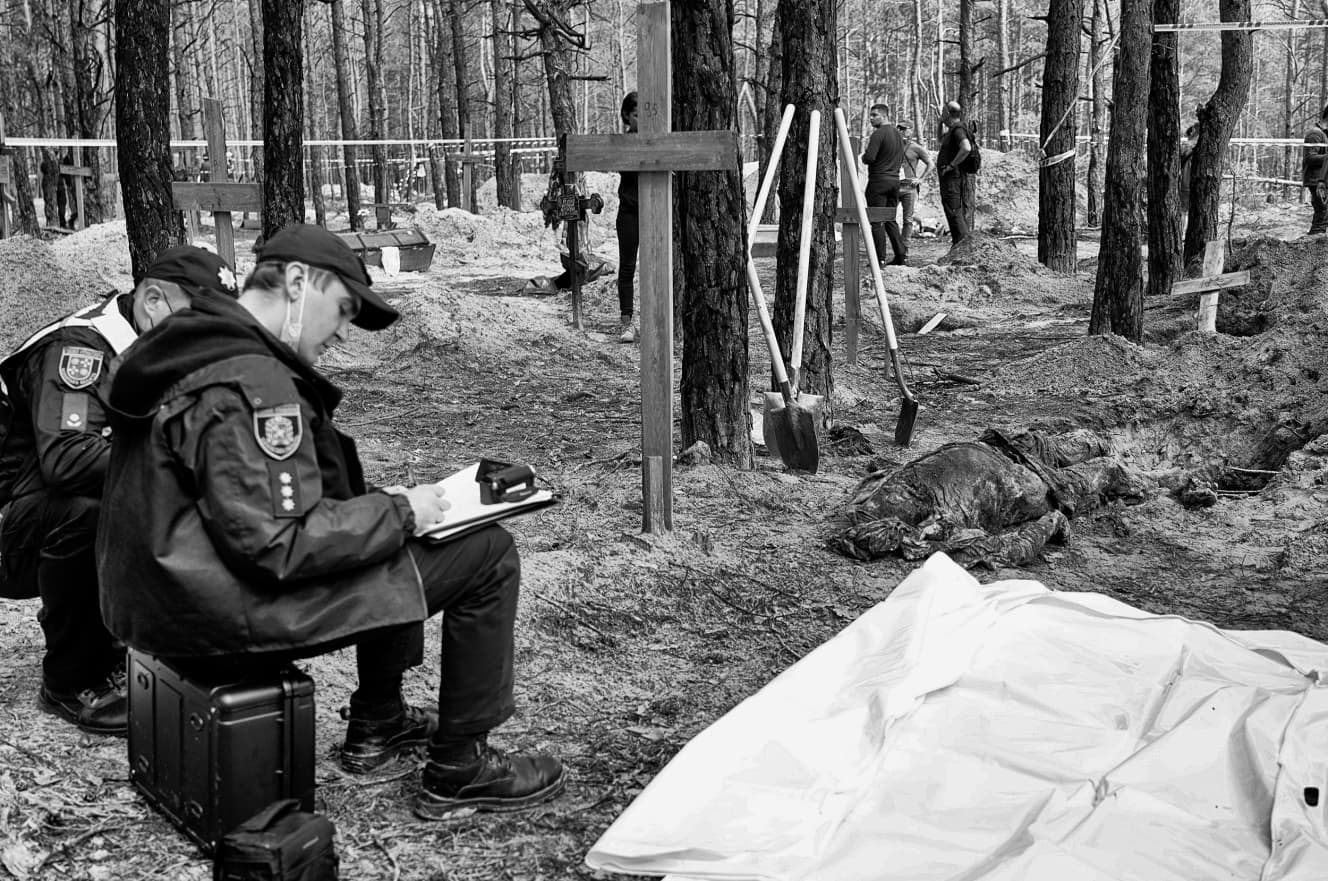
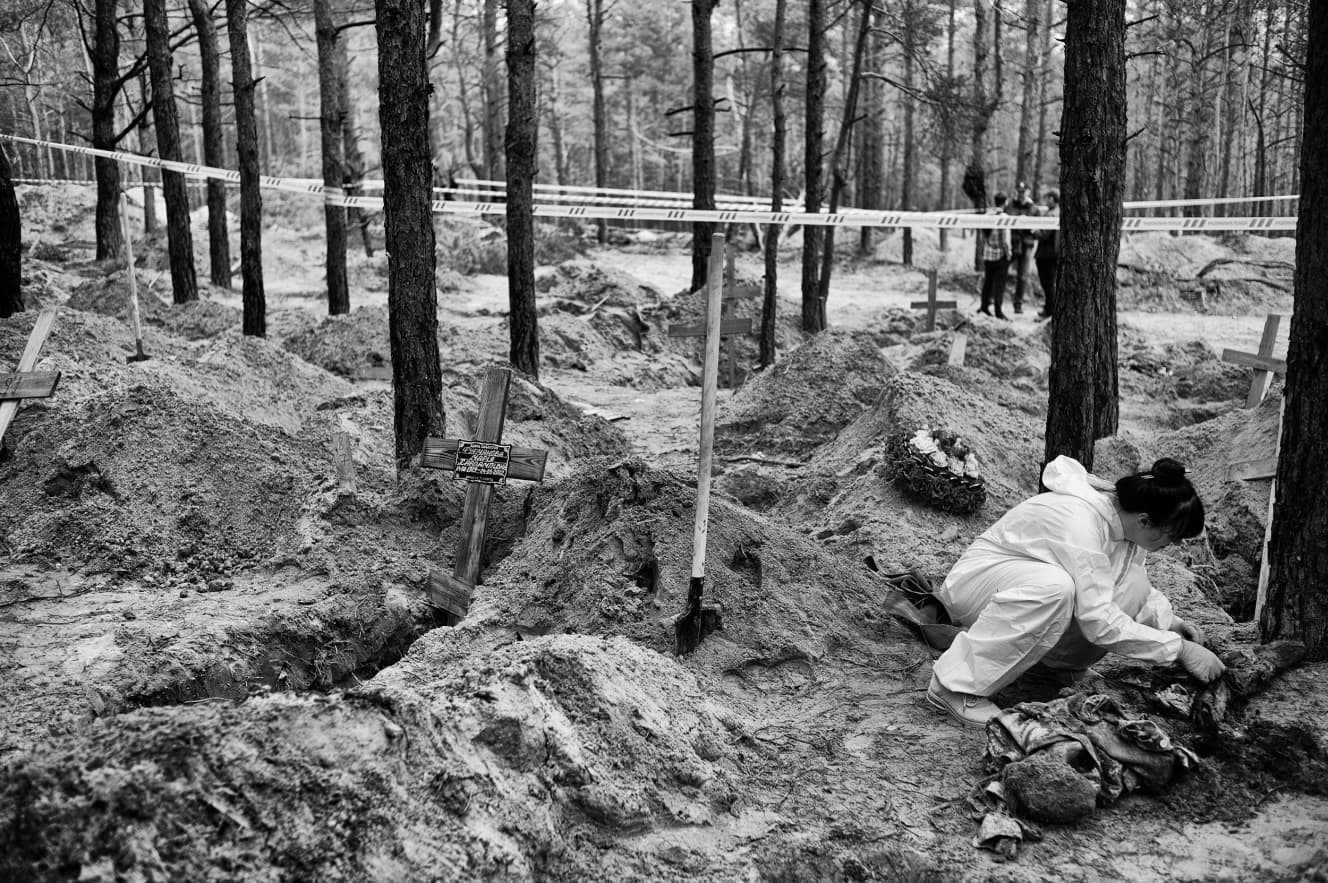
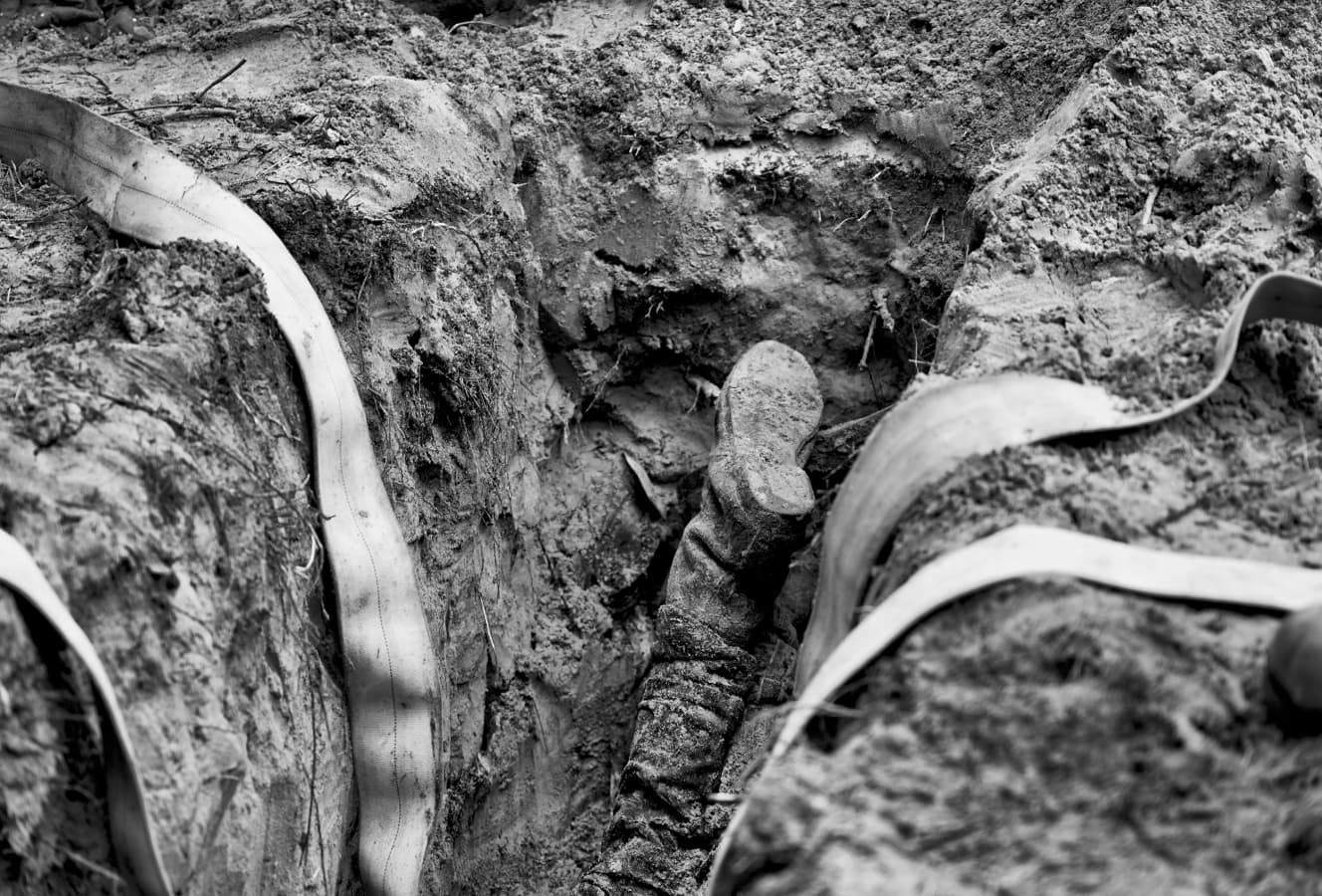
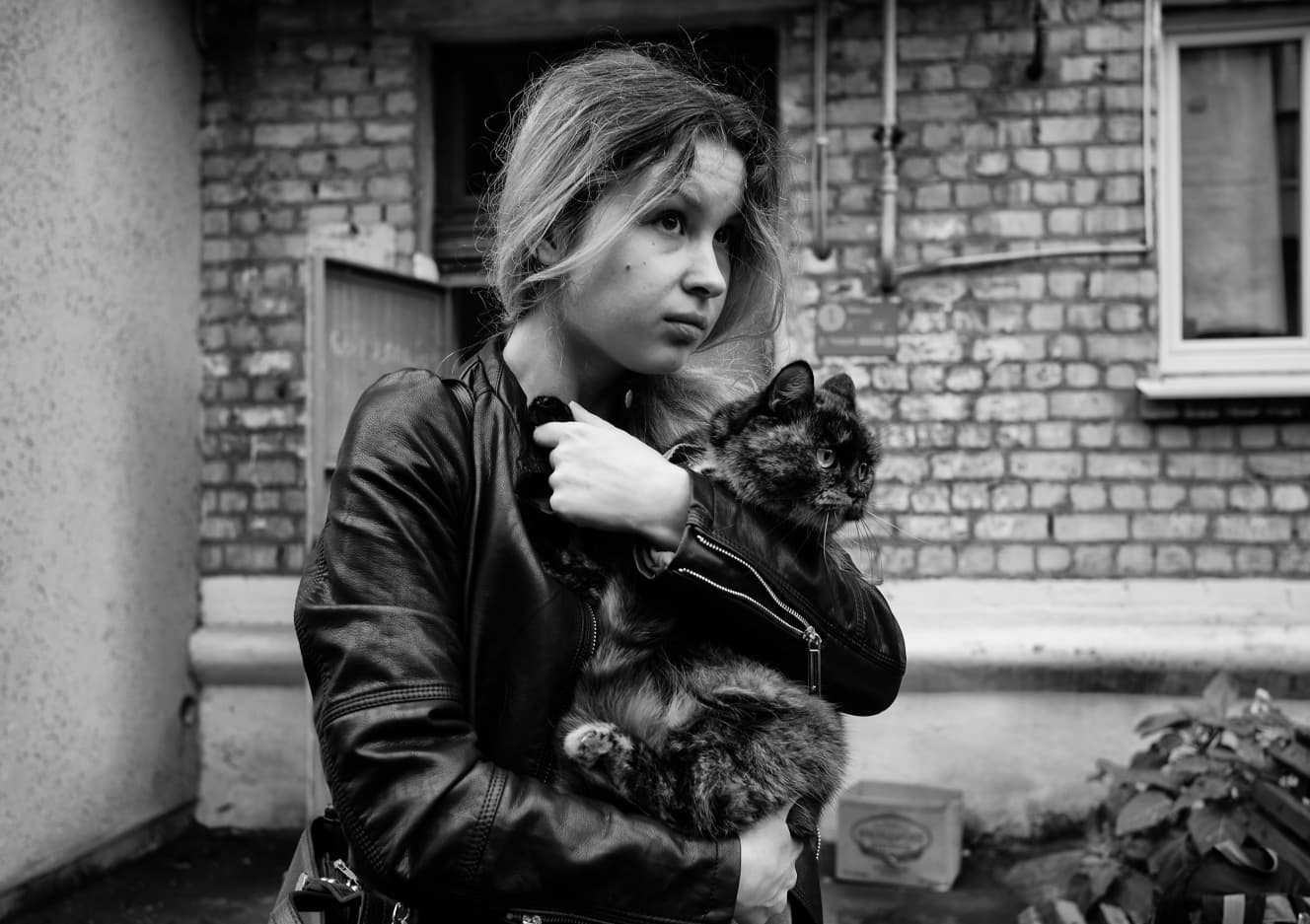
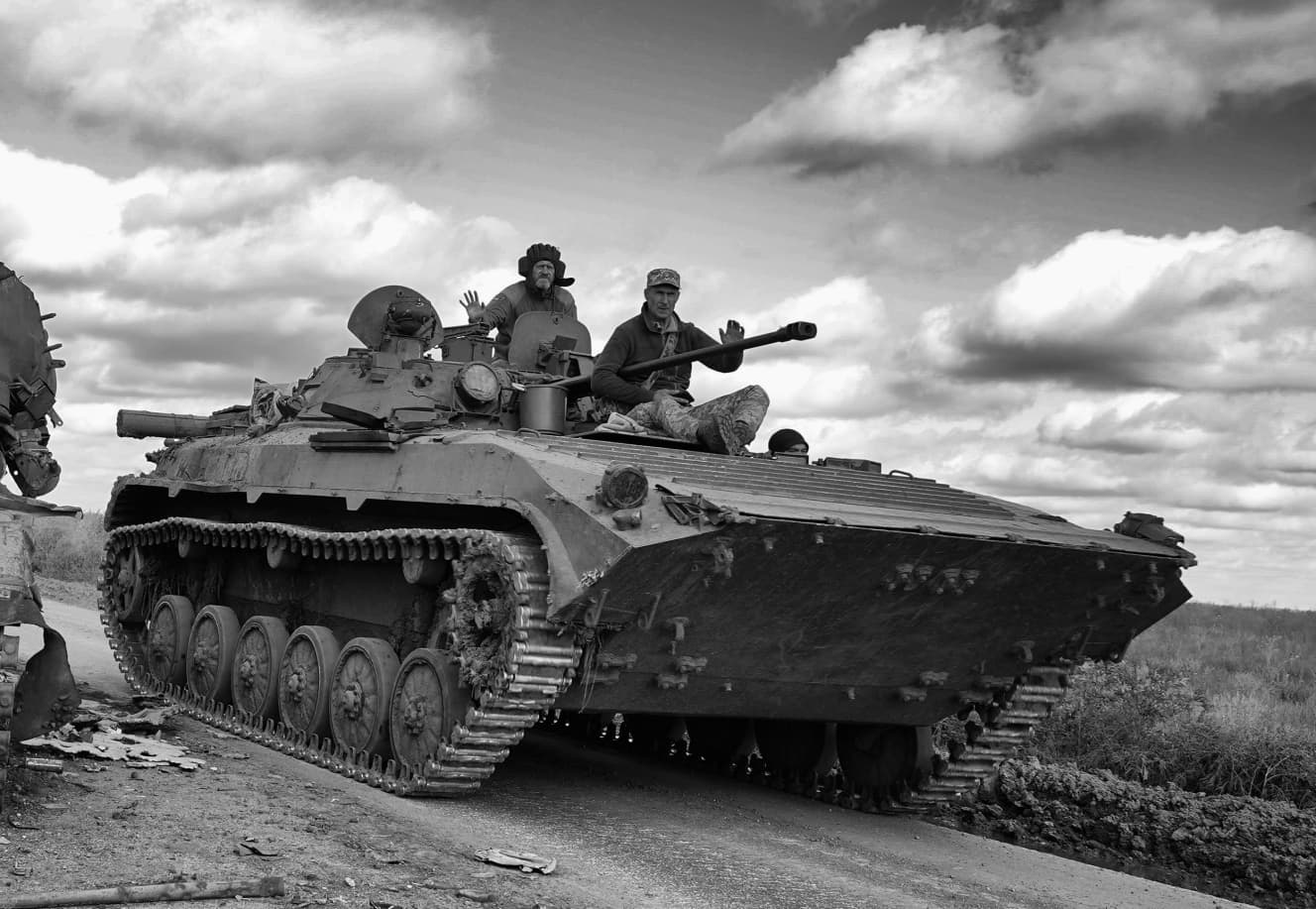
From the October 21, 2022 issue of FRIDAY
Photography and text by: Toru Yokota (News photographer)